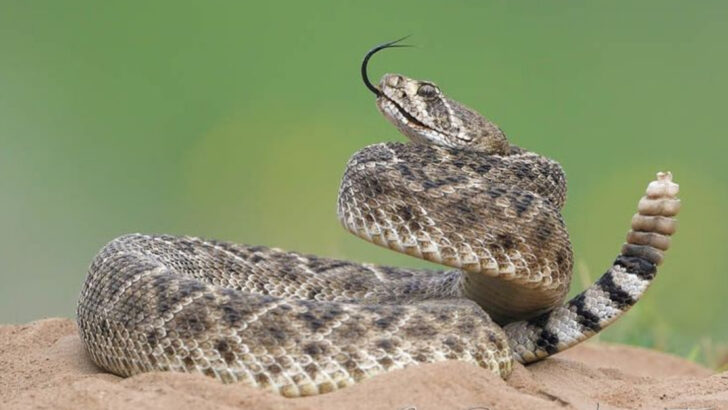Mess with a Western Diamondback, and you might not get a second chance.
This isn’t your average snake. It’s coiled muscle, razor reflexes, and venom with a bad attitude. Most people bitten? They didn’t mean to provoke it—but they did make a mistake.
The truth is, what you don’t know can hurt you.
And what you assume? That’s even worse.
Step too close. Try to snap a photo. Ignore the warning rattle.
Boom—fangs in flesh, and the clock starts ticking.
But not every bite is the same.
And what you do right after can be the difference between a scary story… and a nightmare that never ends.
If you hike, camp, ranch, or even just live in the Southwest, this list could save you pain, panic, or worse.
Here are 11 avoidable mistakes that turn a bad bite into a brutal one.
Ignoring Immediate Danger
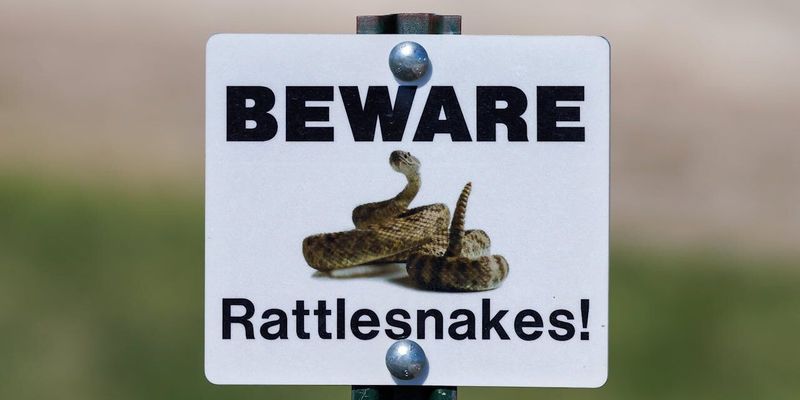
Failing to recognize the immediate threat posed by a coiled Western Diamondback rattlesnake can lead to severe consequences. It’s essential to remain vigilant and aware of your surroundings, especially in snake-prone areas.
Many bites occur when individuals inadvertently approach these snakes, unaware of their presence. A moment of inattention can lead to a painful encounter.
Always be cautious and keep a safe distance when spotting a rattlesnake. Ignoring the potential danger might result in a defensive strike.
Attempting to Handle the Snake
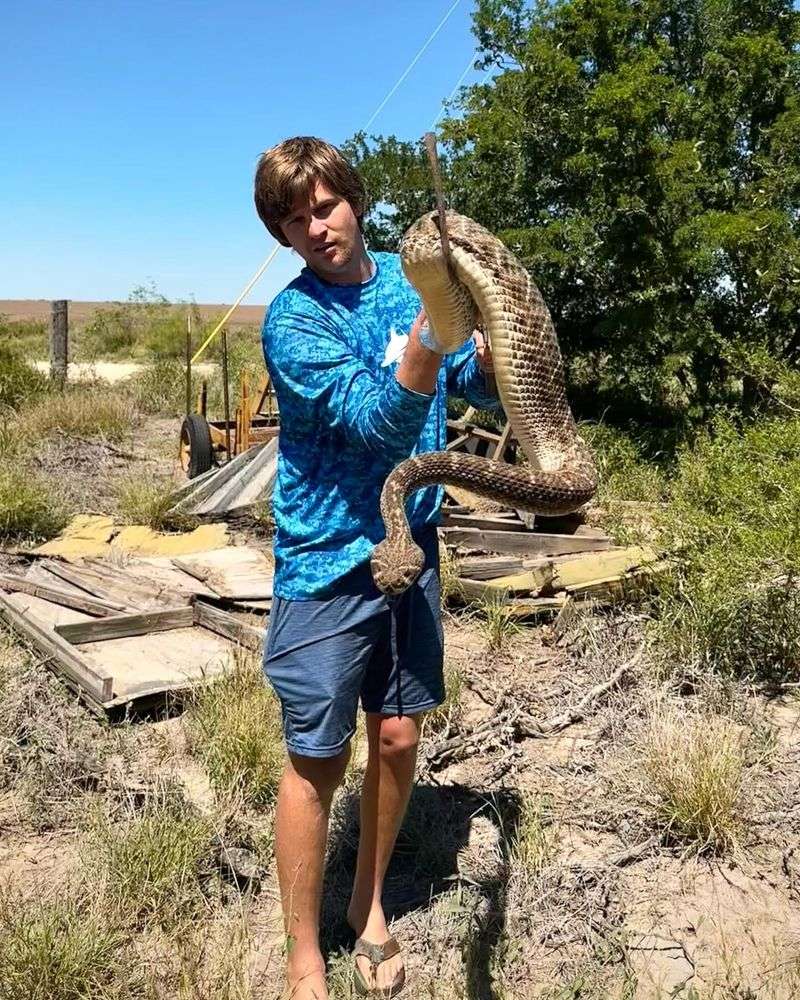
Curiosity can often lead to danger, especially when it comes to handling venomous snakes like the Western Diamondback. Attempting to touch or capture the snake is a mistake that can provoke it to bite.
These snakes are best left alone in their natural habitat. Handling them without proper training or equipment increases the risk of a defensive response.
Resist the urge to interact with these reptiles, as even a single bite can have serious health implications. Keep your distance and appreciate them from afar.
Delaying Medical Treatment
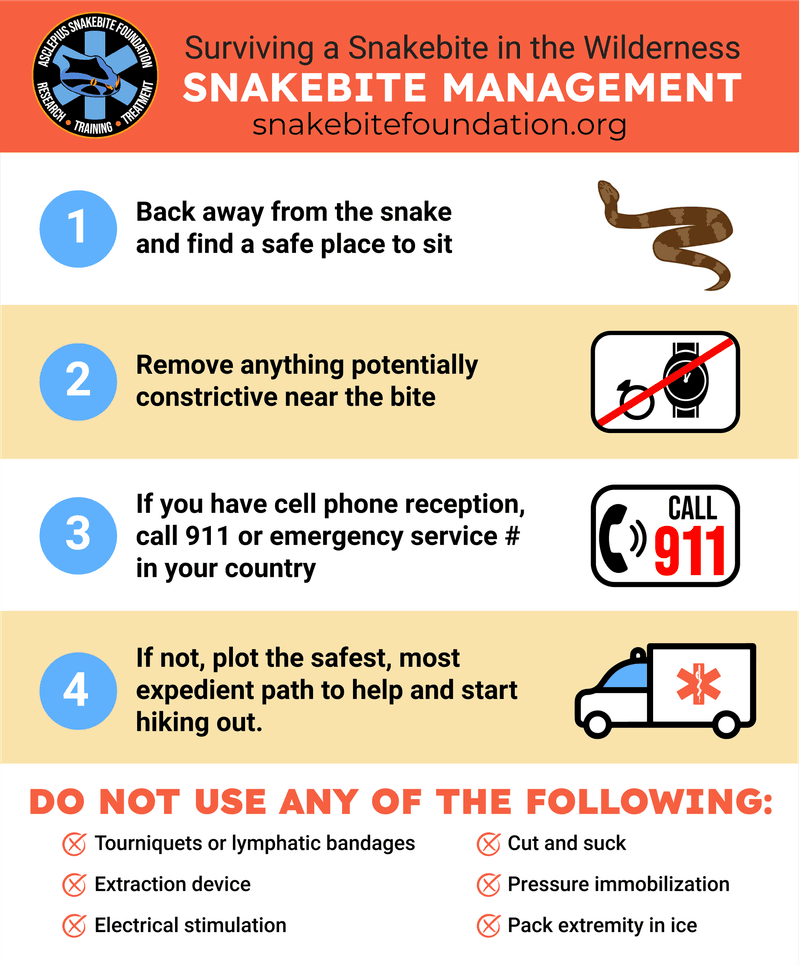
Quick medical intervention is crucial after a rattlesnake bite. Delaying treatment can result in increased venom absorption and complications.
Immediately seeking medical assistance can mitigate the effects of the venom and improve recovery chances. Waiting too long only worsens the situation.
Time is of the essence, so prioritize getting professional help as soon as possible. In an emergency situation, every minute counts. Do not delay in calling for emergency services.
Applying Ice or Tourniquet
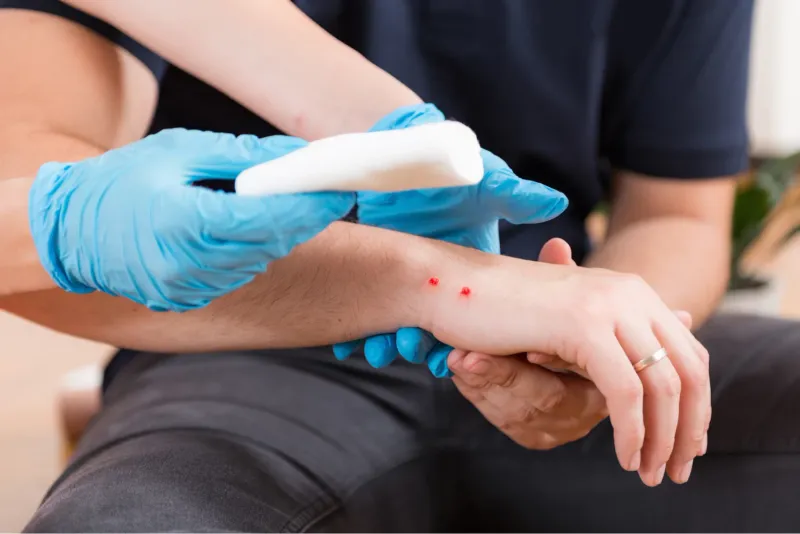
The instinct to apply ice or a tourniquet to a snakebite wound can worsen the injury. These methods might seem helpful, but they can restrict blood flow and increase tissue damage.
Medical experts advise against these common first aid mistakes. Instead, keeping the affected area still and below heart level is recommended.
Understanding proper first aid techniques can significantly impact the outcome of a snakebite. Incorrect measures can lead to more harm than good.
Consuming Alcohol as Pain Relief
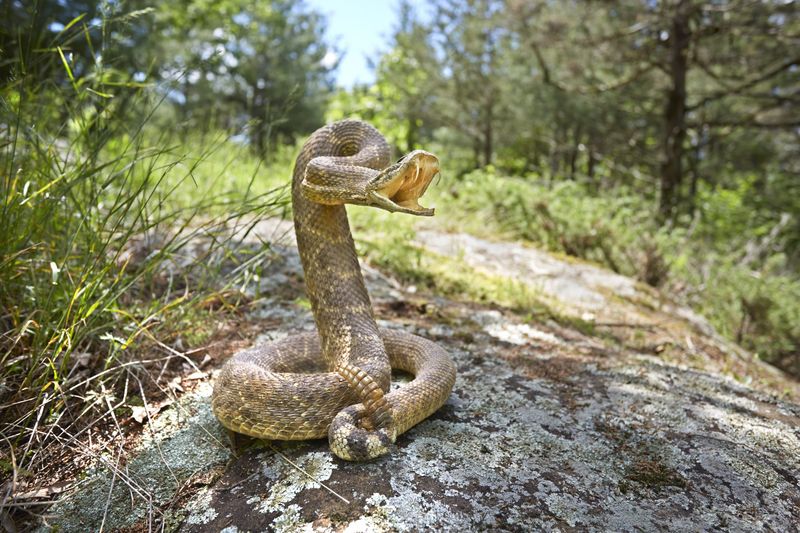
While it might seem tempting, using alcohol as a form of pain relief after a snakebite is ill-advised. Alcohol can thin the blood and potentially increase the spread of venom.
Instead of providing relief, it may exacerbate the situation by impairing judgment and physical coordination. It’s crucial to remain as calm and still as possible.
Relying on medical professionals for pain management is the best course of action. Avoid substances that could complicate your condition.
Attempting to Suck Out the Venom
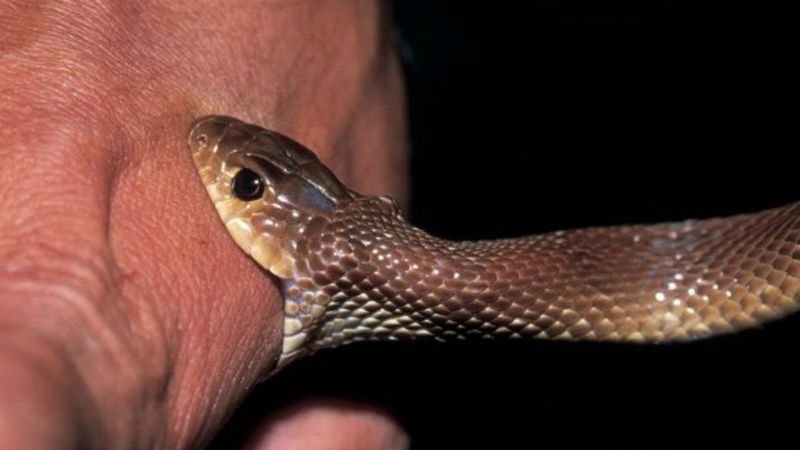
Hollywood often portrays sucking venom from a bite as a heroic act, but this method is ineffective and dangerous. Trying to suck out venom can introduce bacteria and cause further injury.
Modern medical advice strongly discourages this outdated practice. Instead, focus on keeping the victim calm and transporting them to a medical facility.
Trust in trained professionals who can administer proper treatment. Misguided attempts at first aid can lead to infections or exacerbate the injury.
Underestimating the Snake’s Reach
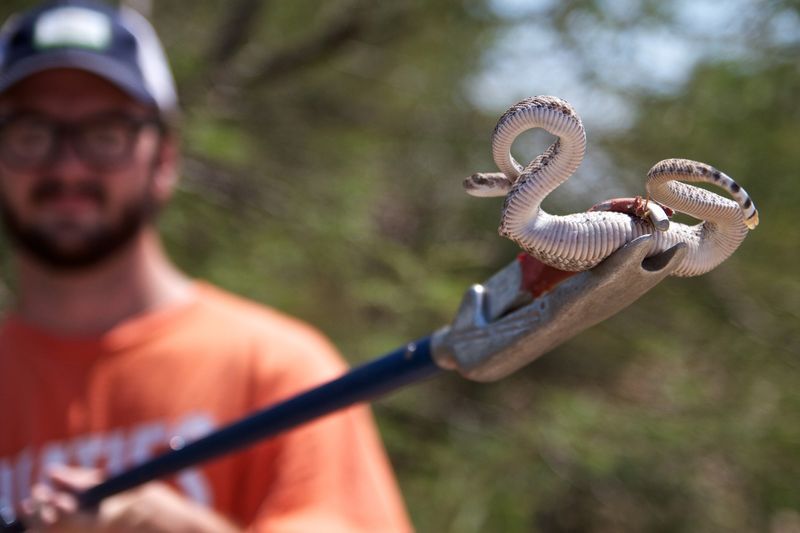
The Western Diamondback has a striking range up to two-thirds of its body length. Underestimating this distance can put individuals at risk of a bite.
Maintaining a safe distance is crucial when encountering any snake. Complacency can lead to unexpected and dangerous encounters.
Always assume the snake can reach further than anticipated, and give it plenty of space. Respect for its territory ensures your safety.
Provoking the Snake with Sticks or Rocks
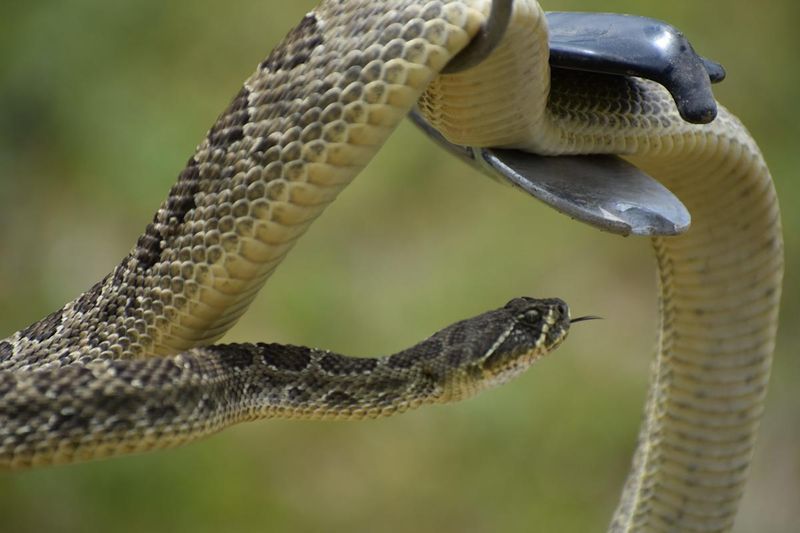
Agitating a Western Diamondback by poking it with sticks or throwing rocks is a surefire way to provoke a bite. This behavior threatens the snake, causing it to defend itself.
Approach wildlife with respect and avoid interactions that might trigger aggression. Such actions not only endanger the individual but also the snake.
Enjoy observing these creatures from a safe distance, and refrain from actions that could lead to harm.
Ignoring Warning Signs
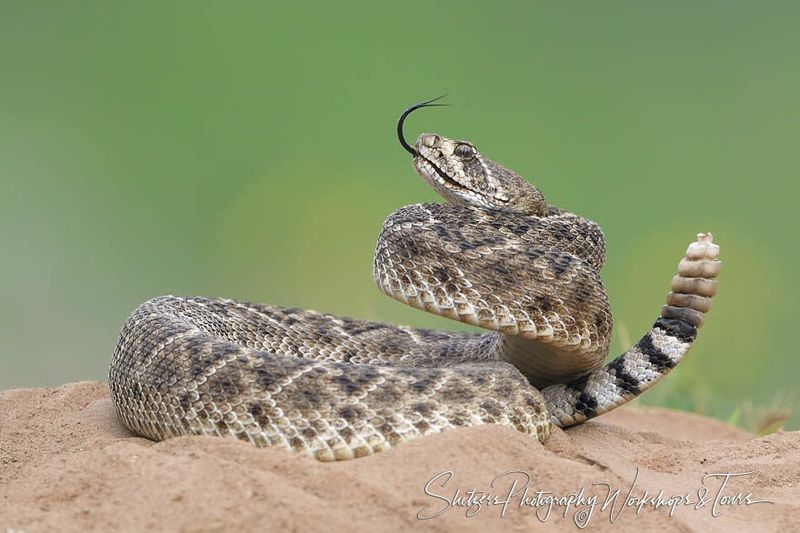
Rattlesnakes use their rattle as a warning sign to back off. Ignoring this signal can lead to a defensive bite. The rattle serves as nature’s caution, urging potential threats to retreat.
Understanding and heeding these warnings can prevent unnecessary confrontations. Ignorance or underestimation of this natural behavior increases risks.
Always pay attention to the warning signs nature provides. The rattle is a clear indicator to maintain a respectful distance.
Wearing Inappropriate Footwear in Snake Habitats

Exploring snake habitats with inadequate footwear, like sandals or flip-flops, increases the risk of bites. Proper boots offer better protection against unexpected encounters.
When venturing into areas known for rattlesnakes, preparation is key. Footwear that covers and protects the feet can make all the difference.
Investing in suitable hiking boots helps safeguard against accidental bites. Prioritize safety by dressing appropriately for the environment.
Ignoring Local Snake Warnings and Advice
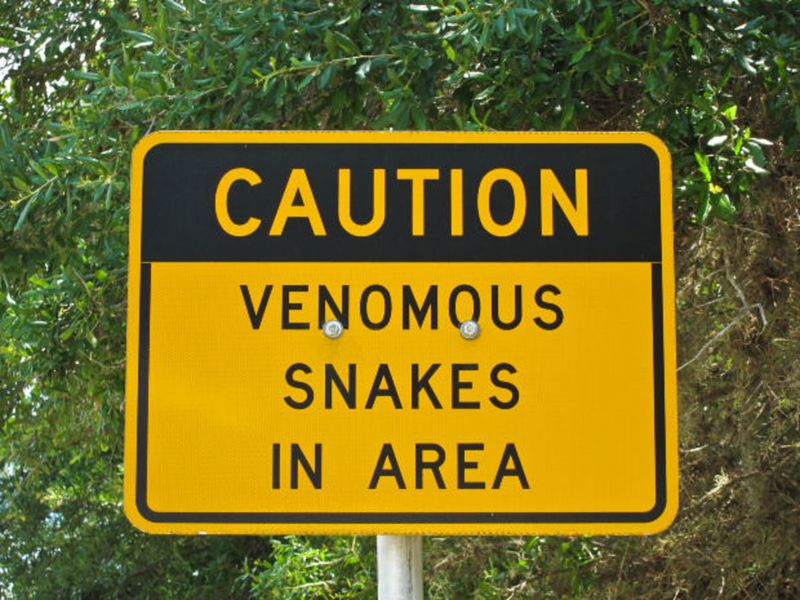
Many parks and trails provide warnings about rattlesnake presence. Disregarding these notices can result in dangerous encounters. Always take local advice and signage seriously.
Being informed about the risks in an area helps ensure a safer experience. Ignoring expert recommendations compromises safety and can lead to preventable incidents.
Stay informed and attentive to local guidance about wildlife. Acknowledging these warnings protects both humans and snakes.

